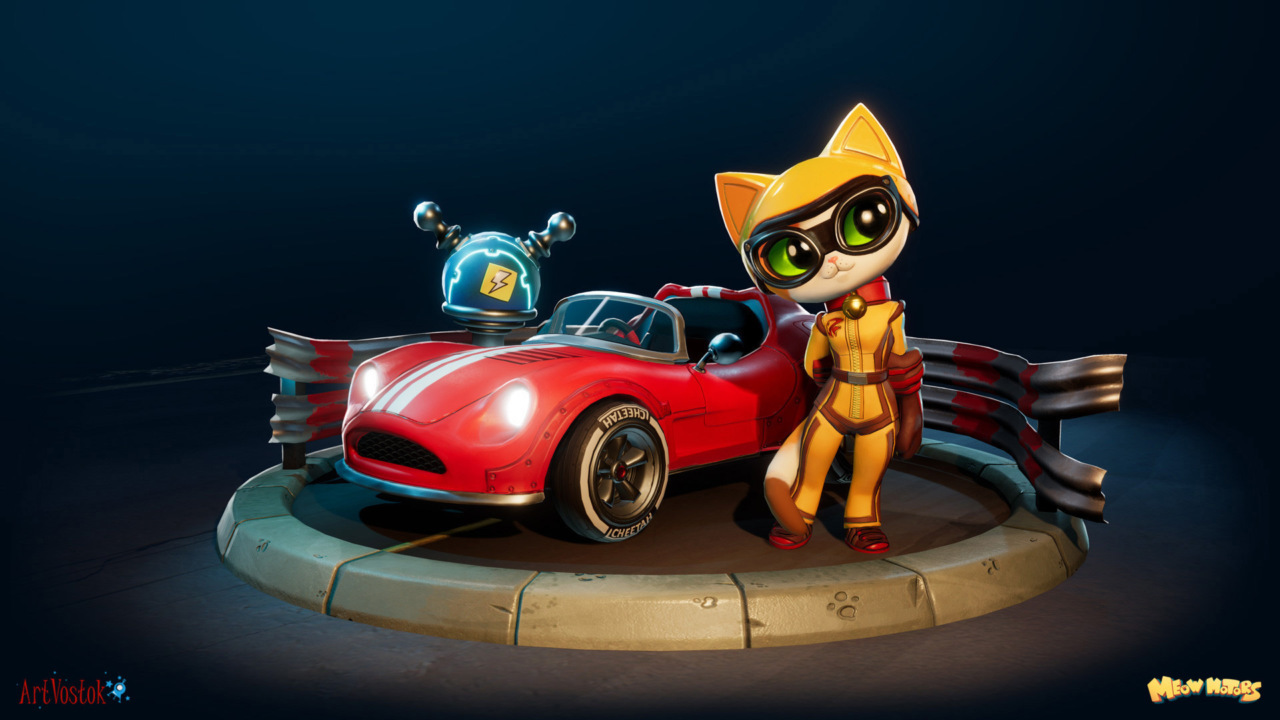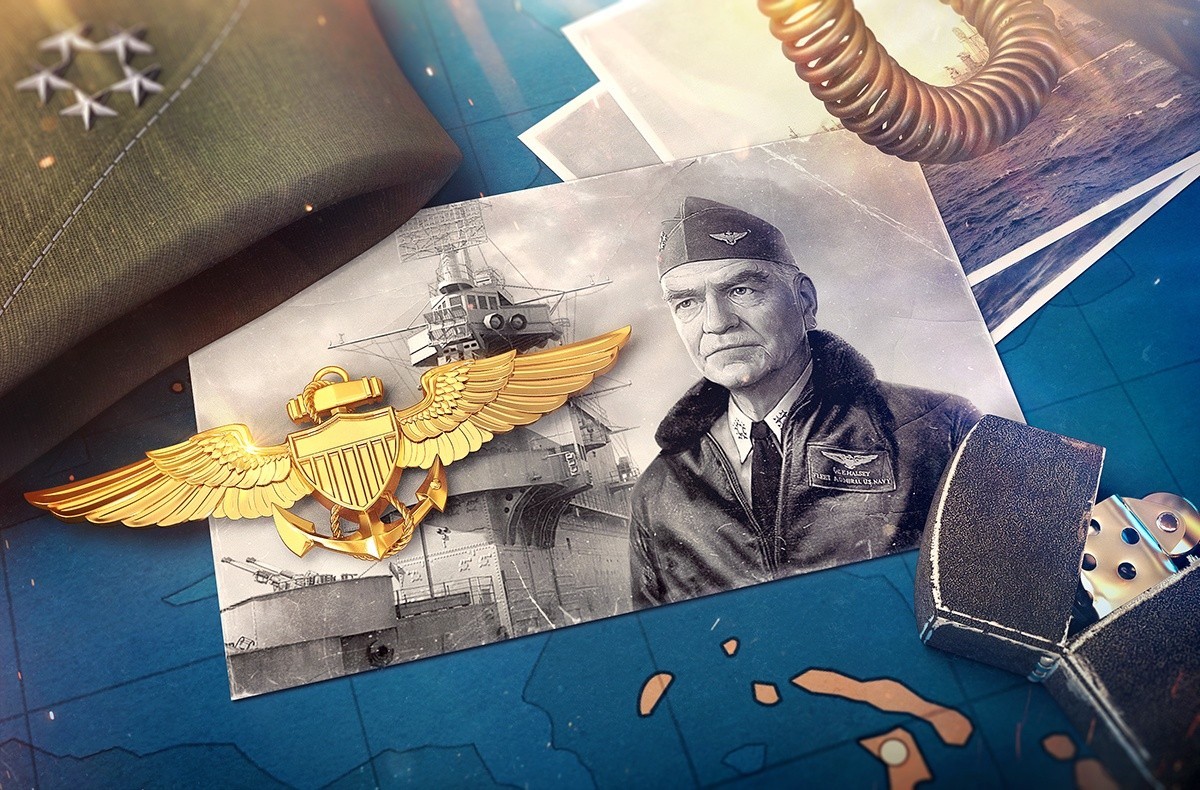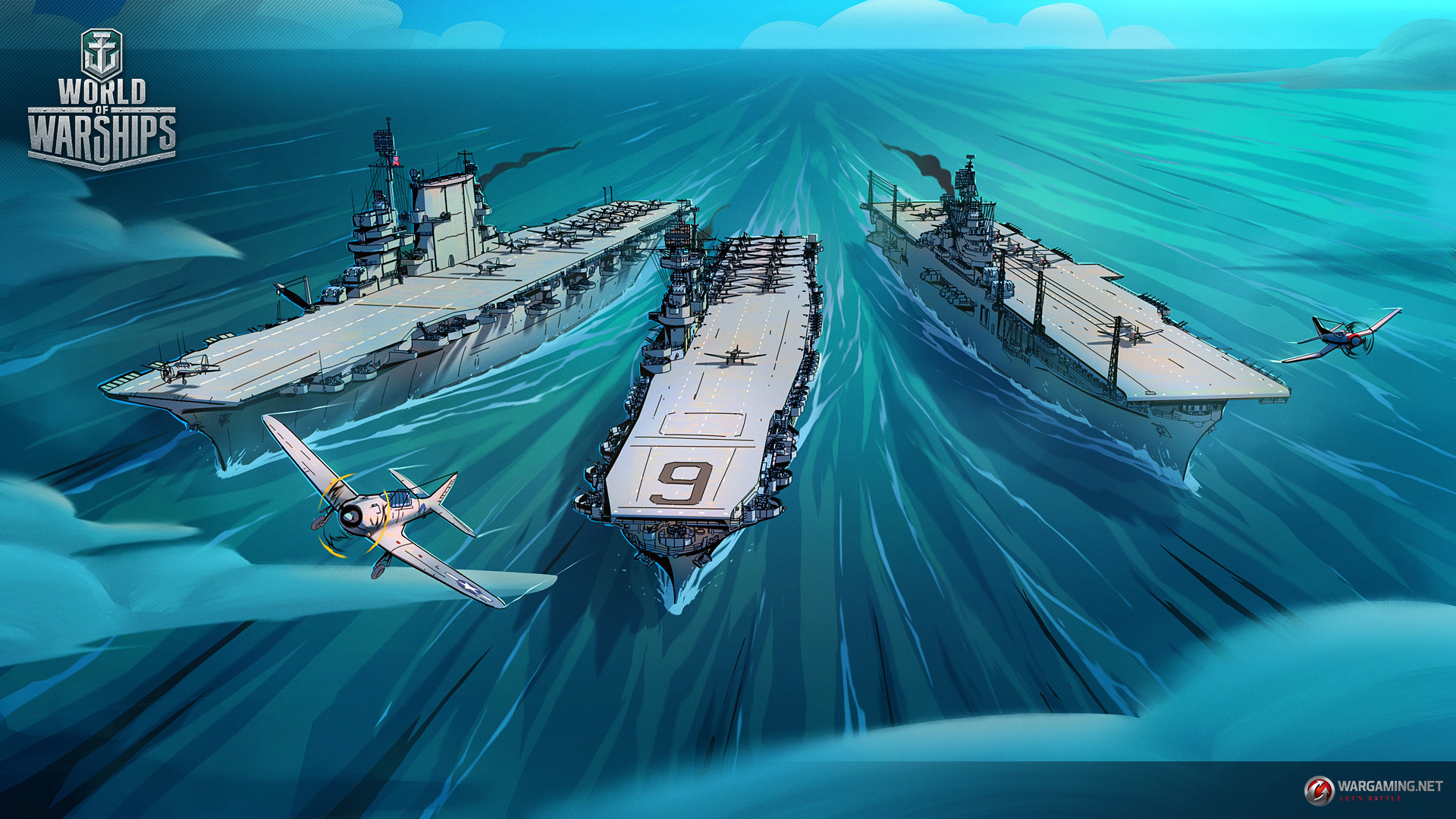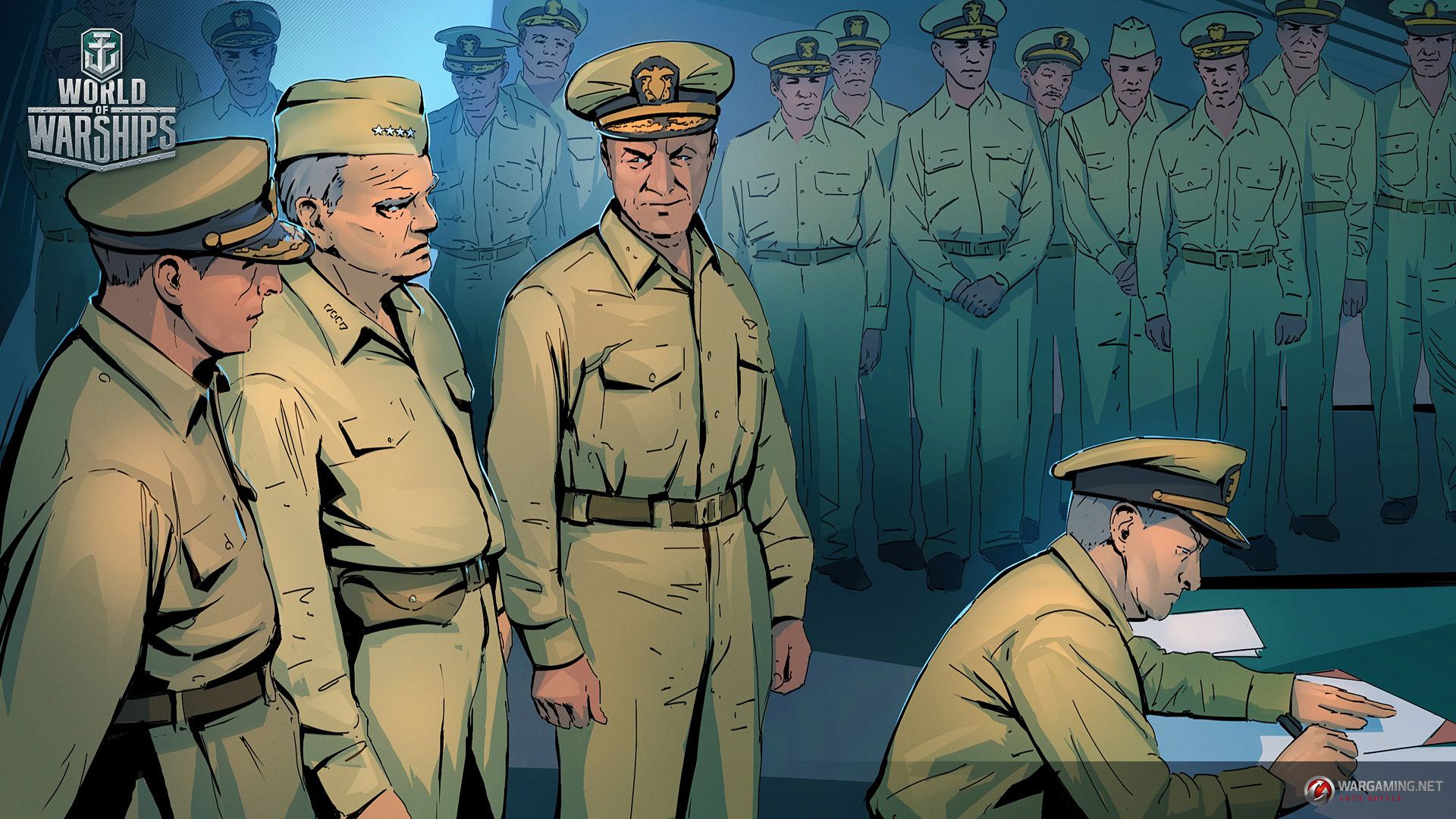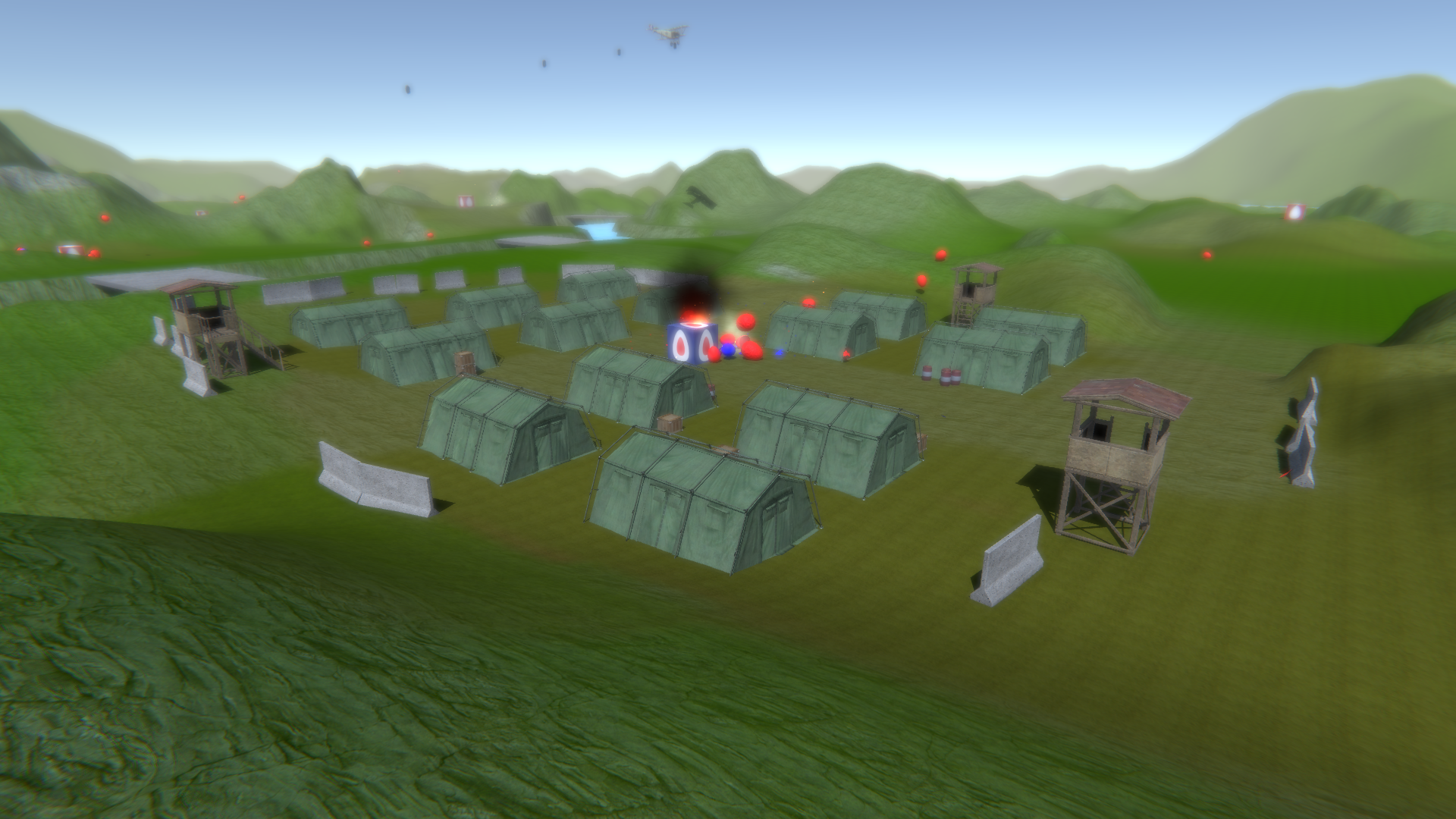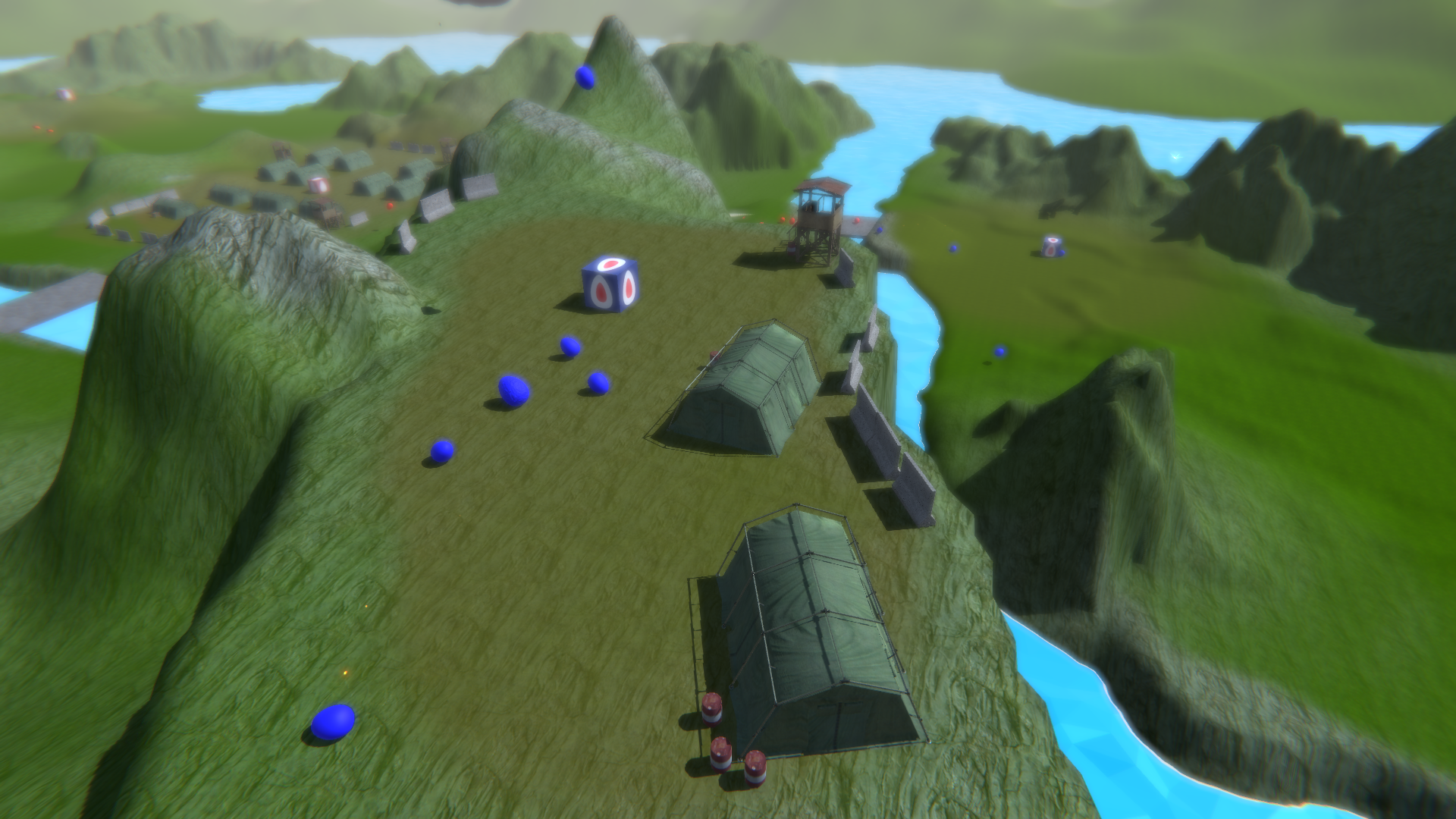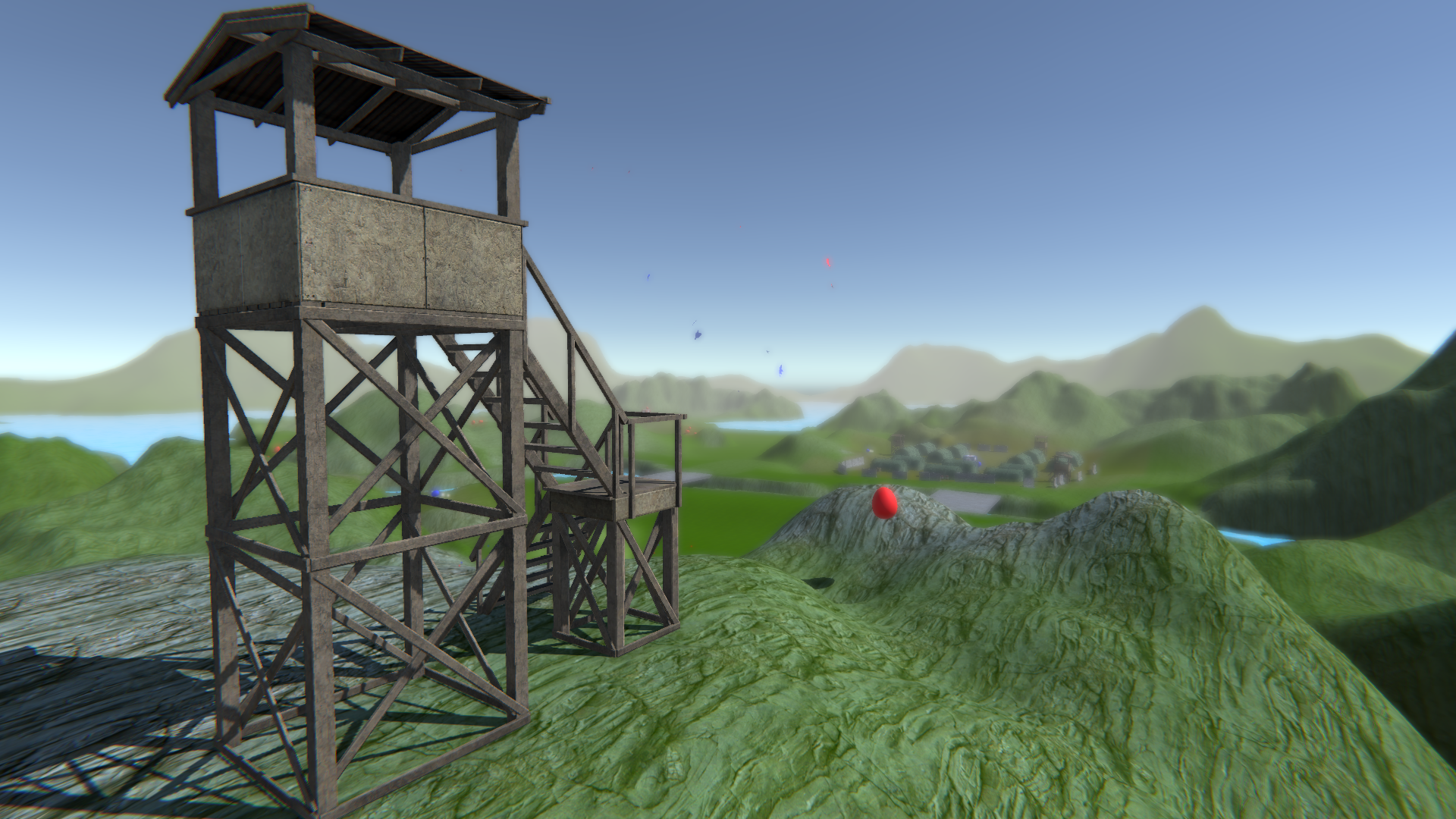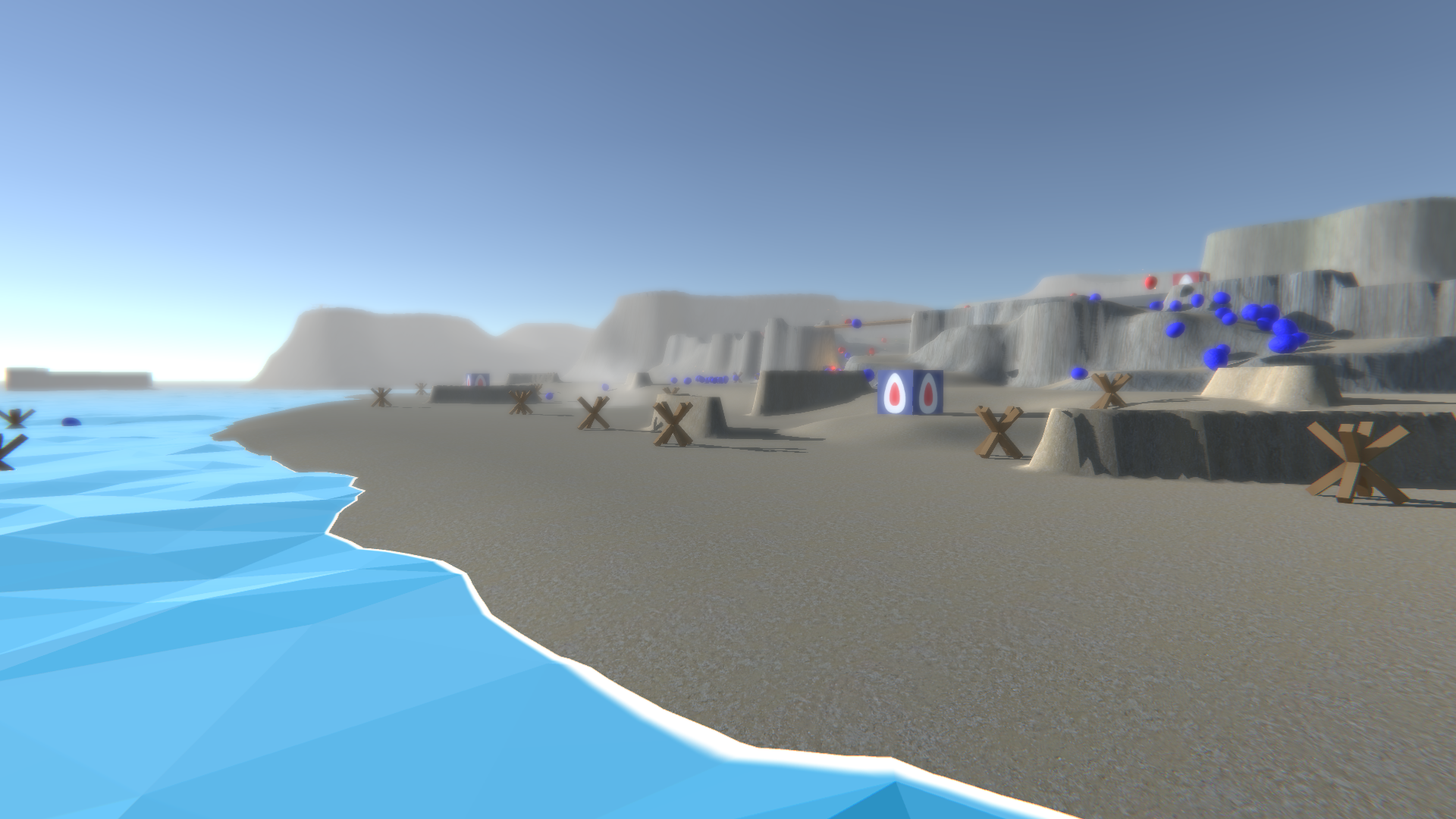
Jun 5, 2018
SpyParty - checker (_**test**_"\"\n주🦑)
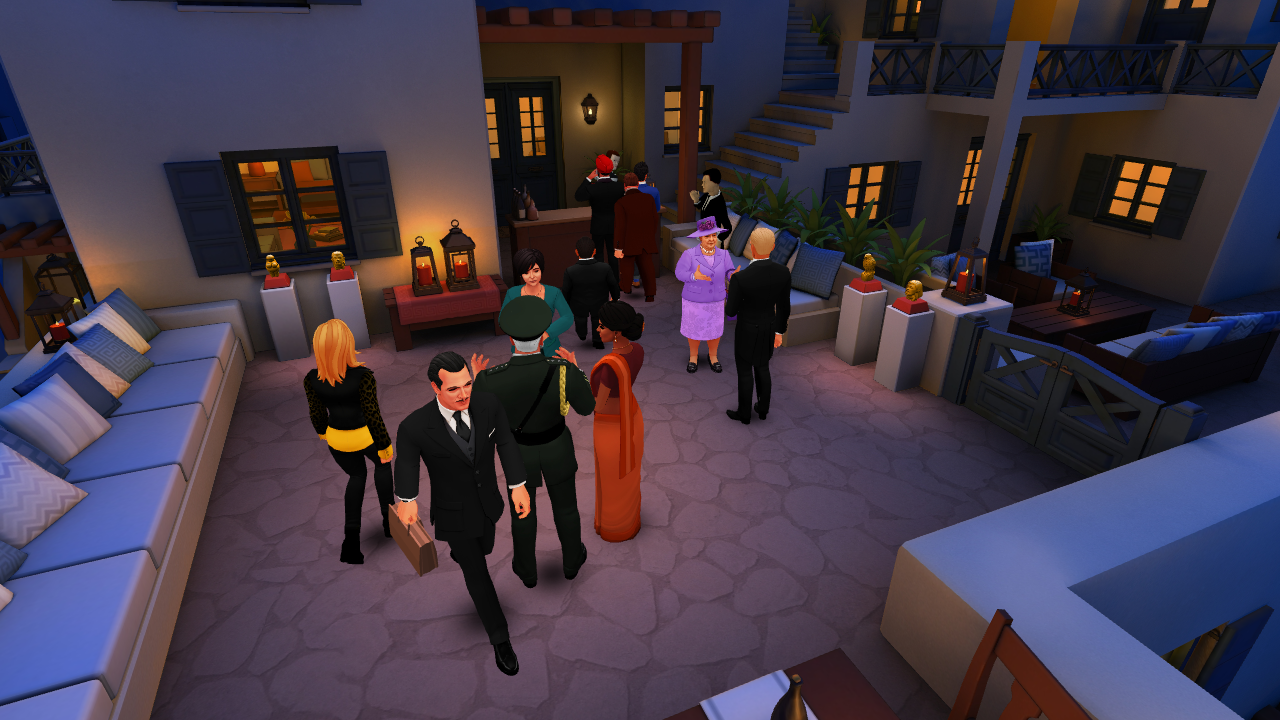
It's our first Steam Update! Hopefully I'm posting these release notes in the right place!
This build has a ton of fixes, but the really big stuff is:
- finally you're not just a number in the lobby, you've got your real name!
- we added statues and a bar on Terrace, which will separate it even farther from the old Double Modern map and from Balcony, excited to see how the meta evolves on this map now
- the post-tutorial new user experience should be a lot better...it's not where it needs to be yet but it should be much more clear now
- see below for the big list of fixes and features!
Enjoy, and let me know if there are bugs!
Chris
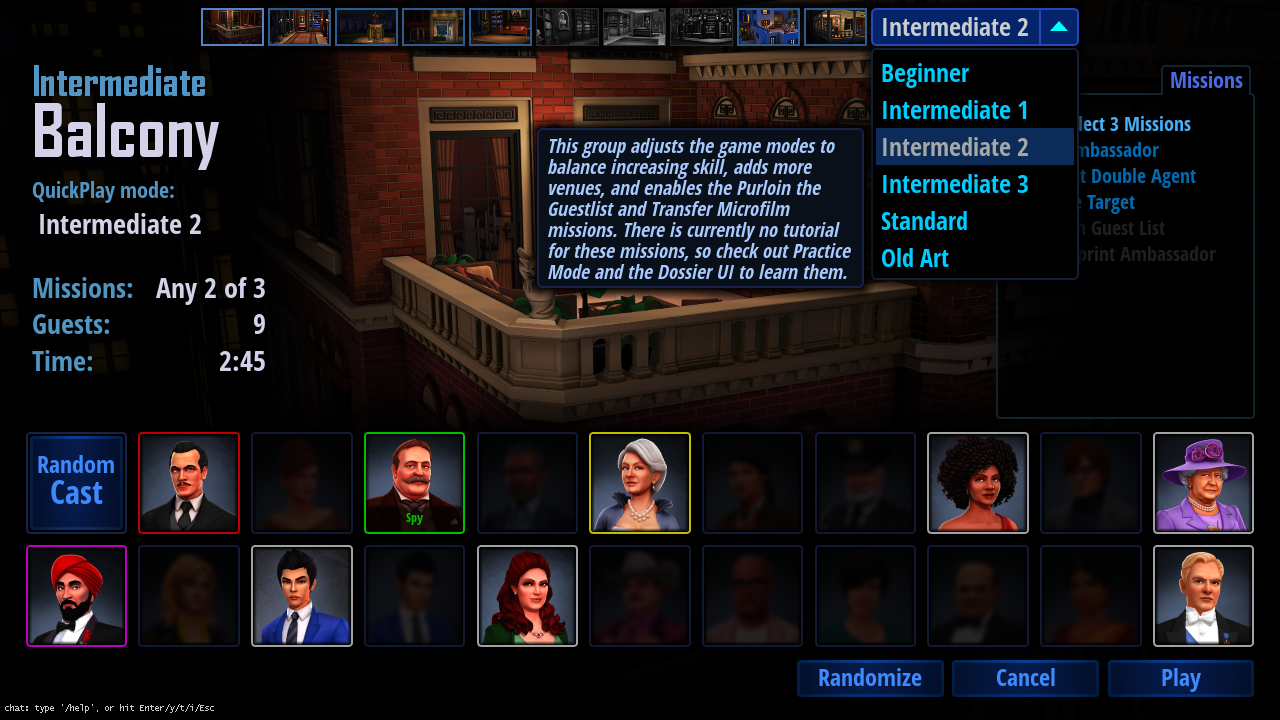
v0.1.6134.0:
- code
- features
- steam persona names displayed...utf8 chars are currently stomped to _ and if you have too many it defaults to your s76.../steam name still since client can't handle utf8 yet
- much improved Beginner, Intermediate, Standard (nee Experienced) quickplay progression and UI clarity, level icon selector always visible, listbox text visible, disabled levels greyed out but teased
- prompt for spectation or sniper playback in replays menu like in spectation
- allow dragging spy portrait in tutorial on mouse down
- allow invites to pop modal dialogs in practice and replays finally
- better lobby disconnect notification instead of just returning to main menu
- highlights and lowlights and book lights all have audio feedback now
- resume auto-scrolling the replay timeline if haven't scrolled for 3 seconds
- keep mission selections on mirror for fewer surprises
- replay file v5 has displayname and num guests and start duration
- incremental db writes on server so stats should be way more robust if server crashes
- use all new art levels for menu background images
- tooltips for how to drag roles on portraits until you've done it successfully
- starburst to encourage people to push the Watch Replay button for the first time
- custom groups required for quickplays, see file formats post
- catch out of memory errors and just pop a dialog instead of crash
- disable sticky/toggle/filter keys by default
- /kick, /silence, and login message support
- if / is first character typed in a message then rewind to command cycling
- flirt always prioritized over check watch
- steam persona names displayed...utf8 chars are currently stomped to _ and if you have too many it defaults to your s76.../steam name still since client can't handle utf8 yet
- bug fixes
- don't reset the sniper camera on replay seek
- don't change character in dossier on portraits click on game setup screen
- misc minor portraits bugs
- clear accept ui so not stuck, more bandaids for these ui lock bugs
- if in spectation/replay setup and cancel, don't get stuck in ui when switches to loading
- fix ui bug where if dossier is up and get invite then ui locks up...will this fix other bugs?
- fix tooltip showing up wrong on dossier level icon selector
- if you're the spy, you can put the briefcase down without any animation queueing now, be aware!
- fix broken books bounding box for changing color as sniper
- amba don't get stuck if can't put down briefcase
- fix the insta-fade AT bar on ST bail after first bail
- filter watch checks by non-spies in replay timeline
- fix bartender getting frozen on edges of bartending zone sometimes
- take the waiter out of pathing before trying to find spot
- delegated purloin to book holder should still work and put the book away, basically try really hard to purloin if you're the delegate
- fix matches not updating to client and to non-first-match-quitter
- don't allow resurrecting old levels with qpgroups
- try hard to make replay filenames shorter than MAX_PATH
- fix teleport bug on gallery oh boy
- fix library walking weirdness epsilon pathing raycast bug
- fixed old replays, oops
- fix dossier crash because not keeping track of which roles are actually needed
- don't destroy the gl context and hope it fixes obs exit crashes?
- fix crash with first replay note of a match
- always use locally generated anonymous uuid for telemetry id and anonymize ip for gdpr privacy
- don't reset the sniper camera on replay seek
- features
- content
- gameplay
- new terrace with statues and bar instead of waiter
- fix statue pedestals for gallery so flirts are only between neighbors
- new quickplay props for Beginner, Intermediate 1-3, Standard, and Old Art
- darkened moderne kitchen counter a bit to make guestlist more visible
- lowered the top railings a bit for sniper lean on library
- new terrace with statues and bar instead of waiter
- animations
- slightly exaggerated left hand cane side only bug for papa danger
- smoothing out the right arm on mr. a walk, and walking bug smoothness fixes
- more work on hide microfilm animation to make the green test less poppy
- making sure all the hidefilm anims start after 30 frames to work better with action tests
- fixed weighting behind the ears of many characters to prevent holes on head turns
- slightly exaggerated left hand cane side only bug for papa danger
- aesthetics
- lowering preview image of courtyard for the UI change so turing isnt cropped
- extending wires of reception lights upward in gallery
- moderne bar fixes, moved hard points back a little, backed up the bartender a little so he doesnt inner penetrate the bar as much, blocked in the bartender with hard colliders
- some texture dilation work to help cover up seams while in med and low mode
- lowering preview image of courtyard for the UI change so turing isnt cropped
- pathing
- gallery plant pathing clean up, centered targets on paintings
- softening the colliders on the benches of library
- rounded corners of soft colliders on moderne for smoother paths
- made library railings a seperate layer with pathing off so that the soft colliders will make the pathing more forgiving
- gallery plant pathing clean up, centered targets on paintings
- hittesting
- making it so you can shoot thru the trees on courtyard
- making library pillars and railing shoot thru-able
- changing high-rise so that you can shoot thru the window dividers
- adding ignore hit to the hard and soft collider layers of courtyard so that you can shoot people in the lower leg
- changing colliders to hit ignore on library and moderne so you can shoot peoples feet through the railings and under deck chairs
- making it so you can shoot thru the trees on courtyard
- gameplay
These notes are for v0.1.6128.0 and v0.1.6134.0, the latter released a few hours after the former!










